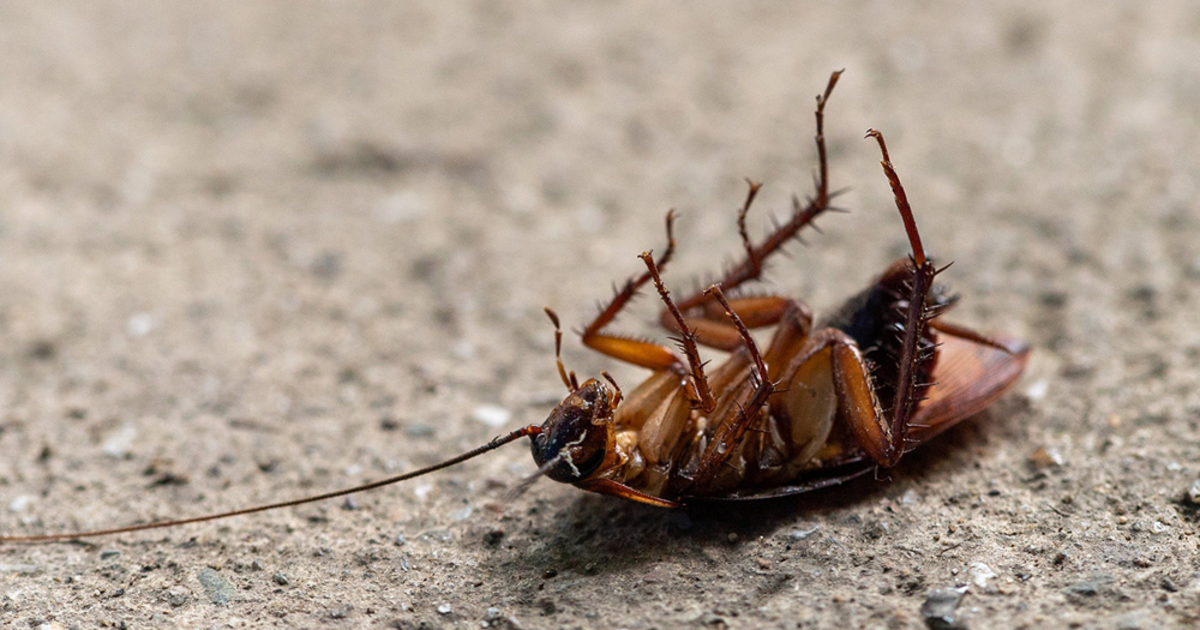Step 1: Eliminate Breeding Grounds
A clean, dry, and clutter-free home is key to stopping cockroaches from multiplying. Damp, messy areas create the ideal habitat for these insects. The bureau recommends regular cleaning, especially in dark and humid corners of the home, where cockroaches are most likely to nest.
Step 2: Block Entry Points
To prevent cockroaches from entering homes from the outside, residents are encouraged to seal off potential access points. This includes covering floor drains and sealing cracks in walls, especially in kitchens and bathrooms where moisture levels are typically high.
Step 3: Use Approved Cockroach Killers
For homes already dealing with cockroach problems, the bureau advises using insecticides that are certified by the Ministry of Environment. Proper application, following the product’s instructions, can greatly enhance effectiveness and reduce exposure to pests.
Increased Citywide Prevention Efforts
Since May, the city has ramped up disinfection and pest control operations in public spaces, increasing treatment frequency from every three months to every two months. Despite these efforts, officials stress that cockroaches can easily hide and reproduce indoors, making household prevention essential.
Know Your Enemy: Common Cockroach Species
The bureau also identified the most common household invaders: the large American and Australian cockroaches, and the smaller but faster German and brown-banded species. These nocturnal pests often hide in kitchens, drainpipes, behind appliances, and within cabinet cracks, potentially spreading bacteria by crawling on food and utensils.
A Call to Action
Officials emphasize that preventing cockroach infestations starts with daily habits. By following the three anti-cockroach steps, and giving extra attention to hiding spots, residents can effectively reduce cockroach populations and create a cleaner, healthier home environment.



